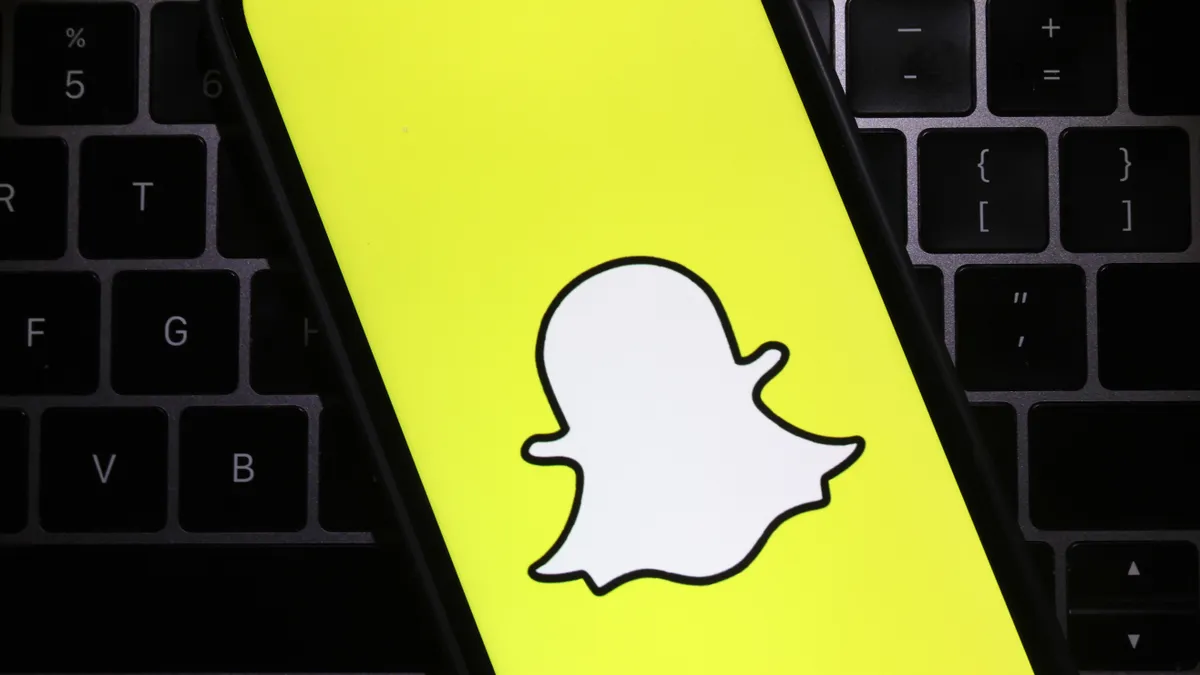Dive Brief:
- Twitter and Snap both reported revenue that came in below expectations in the second quarter amid a flurry of internal and external challenges.
- The Snapchat owner’s revenue rose 13% year-on-year to $1.11 billion in Q2. The company in May disclosed it expected to miss its targets for the period, but the figures still disappointed analysts. Snap posted a $422 million loss for the quarter and declined to issue future guidance.
- Twitter saw revenue decline 1% YoY to $1.18 billion, attributing the whiff to a mix of industry headwinds and its back-and-forth with Elon Musk. The news suggests worsening macroeconomic factors are having an ugly collision with existing advertising challenges that have weighed on social media platform performance.
Dive Insight:
Wall Street didn’t have high hopes for Twitter or Snap due to the former’s acquisition imbroglio and the latter’s previously disclosed expectations for a revenue miss. The latest results still disappointed, teeing up a potentially bleak run of tech earnings for a category that has had a rough year to date. Amazon, Alphabet and Meta Platforms report their earnings next week.
While the mood soured in Q2, the period certainly wasn’t short on incident. Twitter became a public spectacle amid an ugly spat with Musk. The Tesla founder earlier this year announced his intentions to acquire Twitter for $44 billion, but in July officially tried to back out of the deal, taking issue with the way the platform tracks bot and spam accounts. Twitter has since sued Musk to force him to complete the acquisition for the agreed-upon price, with a trial set for October. The company said uncertainty around the deal affected revenue in Q2. It didn’t host a conference call to discuss the results. Twitter’s advertising take for the quarter was up 2% YoY to $1.08 billion.
Other hurdles Twitter and Snap cited likely represent broad challenges for the social media sector. The Ukraine war has cast a pall on business while rising inflation and recessionary fears have affected advertiser demand. Even verticals that have stayed relatively healthy in this environment are adjusting their approach to marketing, which is often among the first departments to see cuts in a downturn.
“[In] some industries where top-line growth may remain strong but the businesses are experiencing input cost pressure due to inflation, we've observed reduced marketing spending and lower bids per auction,” Snap finance chief Derek Anderson said on a call discussing the results with analysts.
The pullback has also sharpened a sense of competition, as marketers spend less in fewer places.
“[Competition], whether it's with TikTok or any of the other very large, sophisticated players in this space, has only intensified,” said Anderson in response to an analyst question.
Even before the economy started impacting media spending, mobile ad platforms were grappling with policy changes implemented by Apple last year that make tracking users more difficult. The privacy-minded tweaks, which are part of the iPhone maker’s App Tracking Transparency framework, have had a noticeable effect on revenue that could now be compounding with cooling demand.
Snap will invest more heavily in three areas to reignite growth: Its products and platforms, direct-response advertising and the search for new revenue sources. Spotlight, a TikTok lookalike feature, saw total time spent with its content up 59% YoY in Q2, the earnings release said. Snapchat also recently launched a web version and paid subscription plan called Snapchat+. Twitter’s path forward is less clear as it awaits a decision on the Musk case.















